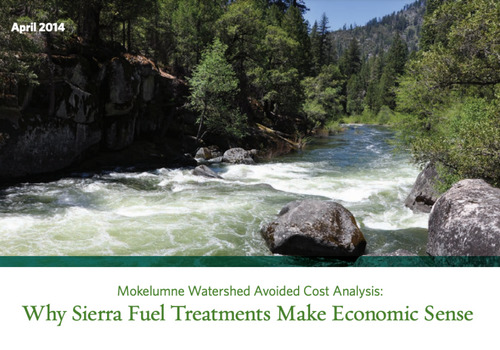Executive Summary excerpt:
The Lake Tahoe TMDL (LRWQCB and NDEP 2010) and supporting Lake Clarity Crediting Program (LRWQCB and NDEP 2009) are guiding water quality improvements within urban areas to reduce urban pollutant loading and ultimately improve the clarity of Lake Tahoe over the next 30 years. A series of stormwater tools have been developed to support the Crediting Program to estimate the load reductions of urban water quality improvement actions (i.e., Pollutant Load Reduction Model (PLRM); NHC et al. 2009) and verify these improvements are adequately maintained (Road Rapid Assessment Methodology (Road RAM), 2NDNATURE et al. 2010; BMP Rapid Assessment Methodology (BMP RAM), 2NDNATURE et al. 2009). Given the role of these tools in the Crediting Program, there is a clear desire by the stormwater community to better understand the performance, limitations and opportunities to improve these tools. The Regional Stormwater Monitoring Program (RSWMP) is being developed to obtain consistent long‐term stormwater datasets to inform tool improvements, as well as provide datasets that will ultimately demonstrate if the collective water quality improvement actions have resulted in sustained reductions of urban stormwater pollutant loading to the Lake. The development of a standardized and consistent approach to urban outfall monitoring for sediment and nutrient pollutants of concern is currently being defined by RSWMP, and it was the intent of this research to inform RSWMP development to the extent possible.
A number of urban stormwater data collection, data analysis and reporting recommendations have been generated to guide the design and implementation of RSWMP. The objectives that drove this research are:
- Obtain and report reliable seasonal and annual urban catchment FSP loads that can be compared across outfalls;
- Obtain long‐term consistent data sets that will allow a detection of decreasing trends in urban pollutant loading as a result of effective management actions, should they exist;
- Document and test the influence road practices and associated road conditions have on urban catchment FSP loading; and
- Generate comparable PLRM estimates for the site and time period monitored to improve PLRM model development guidance, inform potential future PLRM improvements, and refine the expectations and limitations of comparing measured and modeled stormwater pollutant loading datasets.


